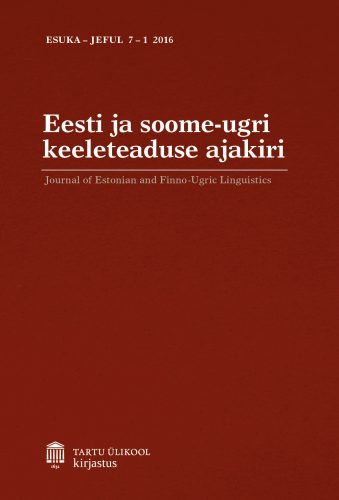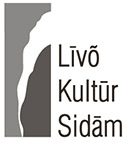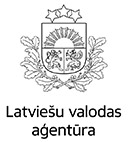Under examination are the developments that occurred in name traditions that were caused by Christianisation as can be ascertained on the basis of written sources. The area under examination is the Livonian revenue district which was defined in the 17th century, and which, by the end of the century, comprised the Svētciems Manor. The first names of the peasants identified as Livonians in the first half of the 19th century were compared to the first names of the farmers recorded in the soul revisions from the 17th century. As a result, the article ascertains that the custom of having two first names had disappeared by the 17th century. In the 18th century, a new name – Gust/Gustav – had been added to the name tradition in the region. By the turn of the 19th century, after six centuries of integration under colonial rule, the Christian names of the Livonians, Latvians, and Estonians were so similar that it was difficult to distinguish among them based on their first names. Various local versions of Western European Christian names were overwhelmingly in use.

ESUKA/JEFUL. Special Issue “Studies on Livonian II”. 2016.
Full article: Aldur Vunk, Changes in Livonian first names in Salaca during the 17th and 18th centuries [ESUKA – JEFUL 2016, 7–1]






